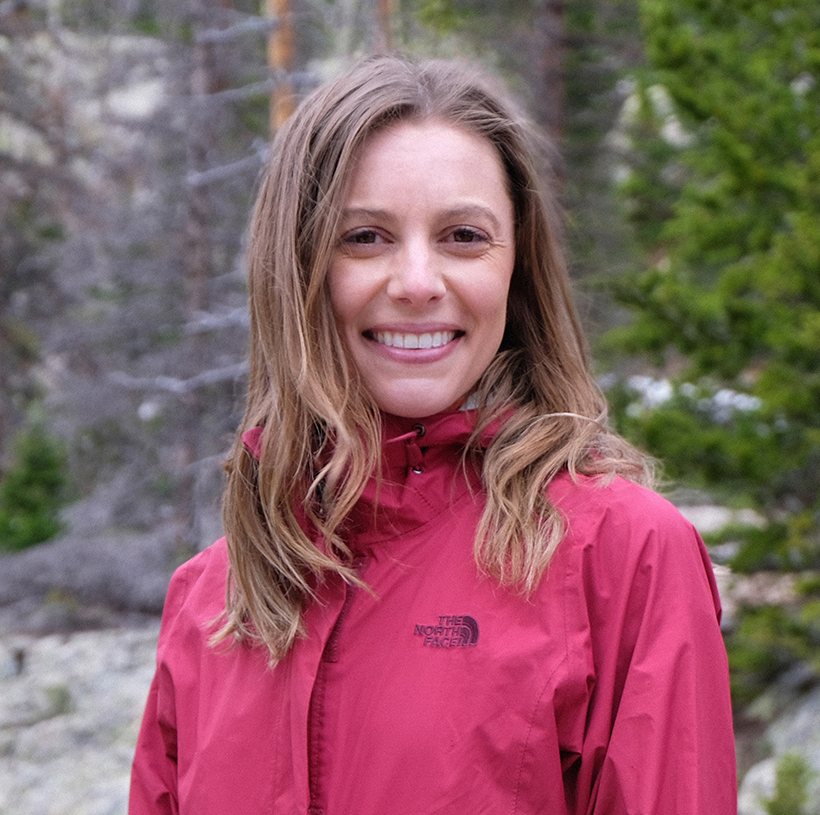Friday, October 11, 2024 at 10:30am CT

Speaker: Brandee Carlson, Assistant Professor, Geomorphology, Department of Earth & Atmospheric Sciences, University of Houston
Host: Ginny Catania
Title: Shifting sands: How humans and climate keep river deltas on the move
Abstract: Arctic deltas are increasingly threatened by coastal erosion due to enhanced wave energy and reduced sediment stability at the shoreline caused by the loss of sea ice and permafrost. As the Arctic continues to warm, permafrost degradation and reduced glacial ice mass will increase sediment availability to Arctic rivers, with sediment discharge projected to rise by 22% for every 2º C of atmospheric warming. However, the impacts of increased sediment supply are expected to vary spatiotemporally. In Greenland, sediment supply appears to counteract shoreline erosion and promote progradation at the present-day. Alternatively, high sediment loading rates may increase mass failures (e.g., submarine landslides), shifting sediment from shallow coastal environments to deep water at the delta front and intensifying shoreline erosion. To gain a better understanding of the relationship between atmospheric warming and sediment mass balance in Arctic deltas, this study uses field measurements to assess the depositional fate of sediment in an actively prograding Arctic delta, specifically, the Quinnguata Kuussua (Watson River) in West Greenland. Herein, delta dynamics are driven by the large volumes of water and sediment discharged from the melting Greenland Ice Sheet. The Quinnguata Kuussua experiences rapid subaerial channel progradation and migration, which repeatedly alters the rate and location of sediment loading at the delta front. We measured flow and sediment properties of the subaerial and subaqueous delta, utilizing a combination of data collected during the summers of 2022, 2023, and 2024, including delta-front bathymetry, flow velocity profiles, sediment cores, grab samples, and satellite imagery. Our findings reveal a well-developed submarine channel at the delta front, transporting sand grains up to 2 mm from the subaerial delta to deep water (>180 m water depth). Near-bottom currents within this channel can reach speeds of up to 1.5 m/s and extend up to 10 m in thickness, occurring intermittently and accounting for approximately 8% of the observation period. Our preliminary findings suggest that increased sediment supply due to atmospheric warming can sustain sediment deposition at the delta front and deep water in the Arctic.
